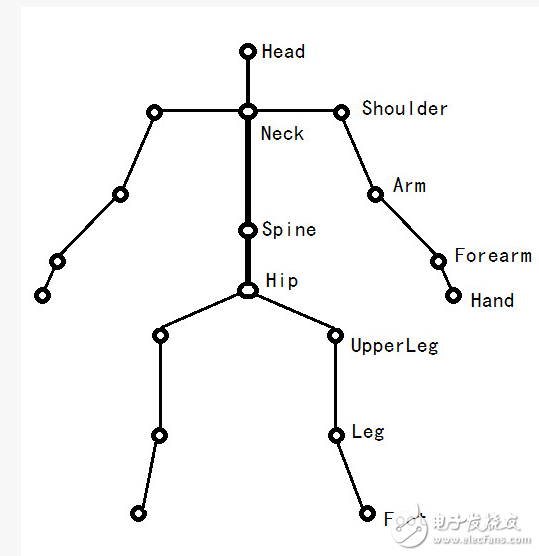Virtual reality technology, also known as spiritual technology, is a technology that was of concern to the scientific and engineering communities in the 1990s. Its rise has opened up new research fields for the development of human-computer interface; it provides a new interface tool for the application of intelligent engineering; it provides a new description method for large-scale data visualization of various projects. The characteristic of this technology is that the computer produces an artificial virtual environment, which is a three-dimensional space formed by computer graphics, or compiled into other computers to produce a realistic "virtual environment". This allows the user to visually create a feeling of being immersed in the virtual environment. The application of this technology has improved the way people use computer for multi-engineering data processing, especially when a large amount of abstract data needs to be processed. At the same time, its application in many different fields can bring huge economic benefits.
A few years ago, Nuo Yiteng was still an obscure enterprise that started from the seed money of Liangshan. He held some key algorithms that painstakingly studied but did not know where to use it. He was entangled in his future direction choices ( For example, a derivative of the original fist product, golf swing treasure).
To know that this company is not in the CG and film industry, there are too many juveniles to work on. It may be a tentative choice to get involved in the field of sports capture, which is a part of their "anti-human" part of the role model. The orientation of the coordinate system can be seen as a clue:

However, it is such a start-up company that is obscured to work with ordinary people's lives and seemingly unrelated work in the VR industry, but it has detonated the whole audience. Its domestic and international influence and development prospects are far more than big. Most people who are still painstakingly studying VR glasses and panoramic content.
So what is motion capture? How does it become the toon in the rapid development of the entire VR industry?
(1) Where these hands can reachA motion capture (moTIon capture) is a process of recording a series of spatial key points in an actual motion event and combining them to obtain independent mathematical parameters and ultimately render.
In general, it is equivalent to a process of converting a real live performance into a digital performance of computer image animation. The spatial key points of these movements should usually be the pivot points of the mechanism or the connections of the biological bones. By placing sensing devices or markers at these key points, we can try to collect all the data used to express the motion. And then map the resulting data to a virtual 3D character.
The distribution of key points of a common human body character is shown in the following figure. Of course, this does not accurately reflect the movement of all the large and small joints and more than 200 bones and muscles in the human body, but it is sufficient for general video and game production needs.

Here the head, neck, spine and hip belong to the central axis of the body, while shoulder, arm, forearm, hand The hand, the upper leg, the leg and the foot are symmetrically distributed, and a total of 18 key positions need to be recorded. Key points for more complex human character bones may also include left and right pelvis, as well as more spinal position, or further increase in movement records for the fingers and toes, but usually there are no subversive changes.
The principle of motion capture for other characters is the same as this, but usually we don't necessarily find the right actors to do live performances.
So how do you record the motion information at these key locations? This is probably a core issue facing many sports capture devices and projects.
Cixi Xinke Electronic Technology Co., Ltd. , https://www.cxxinke.com